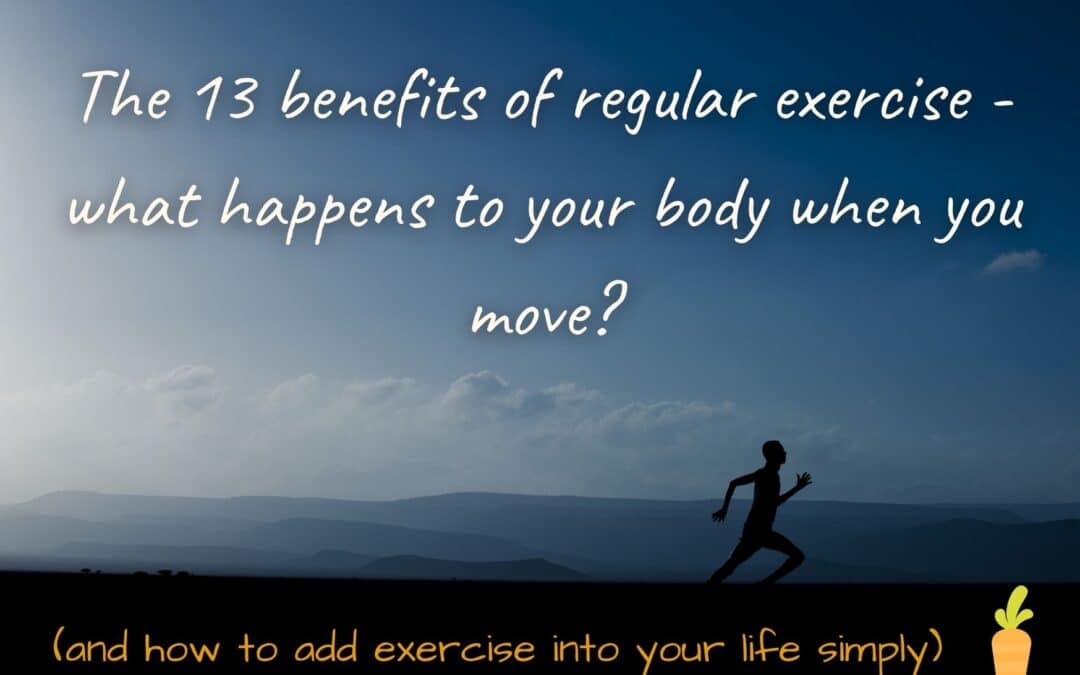You know you should exercise more. But do you actually understand why (beyond because ‘it’s good for you’?)
For me knowing what effect something has on my body helps to motivate me and helps me to make good decisions, so in the hope it has the same effect on you, here’s the lowdown on what actually happens to us when we exercise, followed by some tips on how to increase your exercise levels everyday. Trust me, it’s so worth it!
Read on to learn all the awesome things that happen when we get moving, and the downsides, followed by some helpful tips on how to make exercise a part of your life simply and without making it seem more onerous than it is!
So what 13 things happen to our bodies when we exercise?
1. You burn calories when you exercise
Let’s start with one we know. When we exercise, we move our muscles, which requires energy – it burns calories.
Initially, we use up sugar in the blood, causing a drop in blood sugar levels. This is great for helping insulin to work better and can cut down your risk for metabolic syndrome and type 2 diabetes. And if you already have one of those diseases, exercise can help you to manage it.

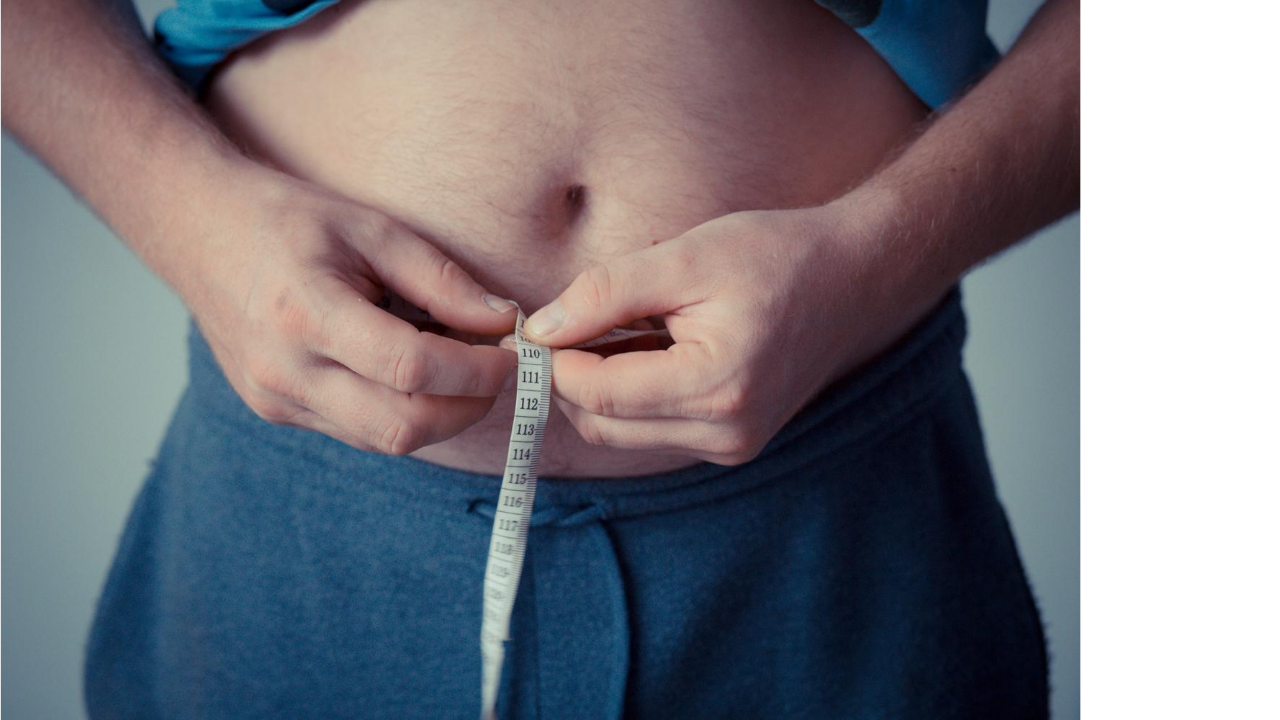
2. You continue to burn calories AFTER exercise
Using our muscles intensively stimulates further muscle growth. As muscle requires more energy to exist than fat, having increased muscle mass raises your resting metabolic rate and means you burn more calories resting!
Also, when we exercise at more elevated levels (i.e. after HIIT or weight training, muscle damage requires energy to fix it, using up some more calories.
3. You improve your circulation
Our arteries and veins have no muscles. Blood is pumped around by the heart, which works great at getting the blood to the cells, but we lose pressure as it is squeezed through the tiny blood vessels between the cells. The blood returning through the veins is at a much lower pressure, so we rely on muscle movements to squeeze the blood back to the heart and prevent pooling (especially in the lower limbs). Moving the muscles (especially the legs) helps get fresh blood to ALL cells, so your organs can function better.
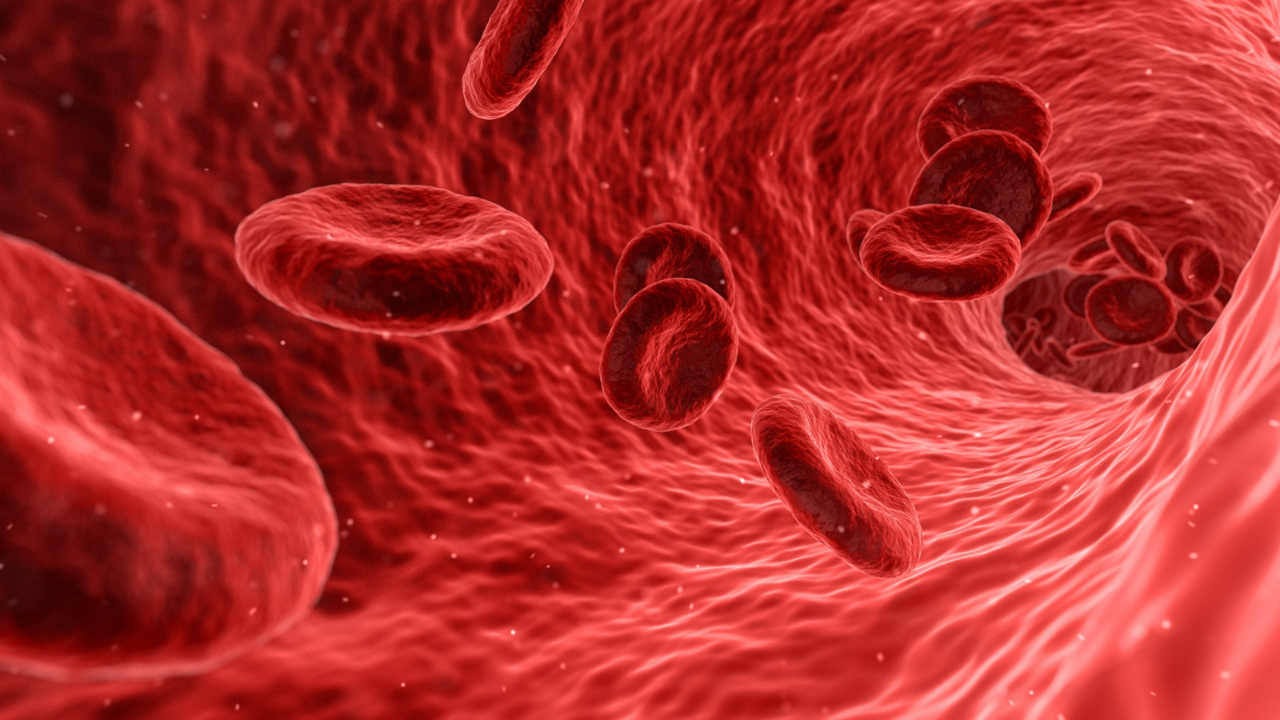

4. You improve your immune function and remove toxins from your body
The lymph system has no heart at all, so relies purely on muscle movement to move and deliver the white blood cells and waste products to the blood and where they are needed – essential for a healthy immune system and lowered body toxins.
5. Metabolic activity is stimulated
Your body’s ‘power generators’, the mitochondria, start to increase if we exercise frequently. After only a couple of workouts, the mitochondria in your cells will increase in volume rapidly. These little guys turn oxygen and nutrients into energy your body can use.
More mitochondria means more energy production, and explains why exercise becomes easier over time.

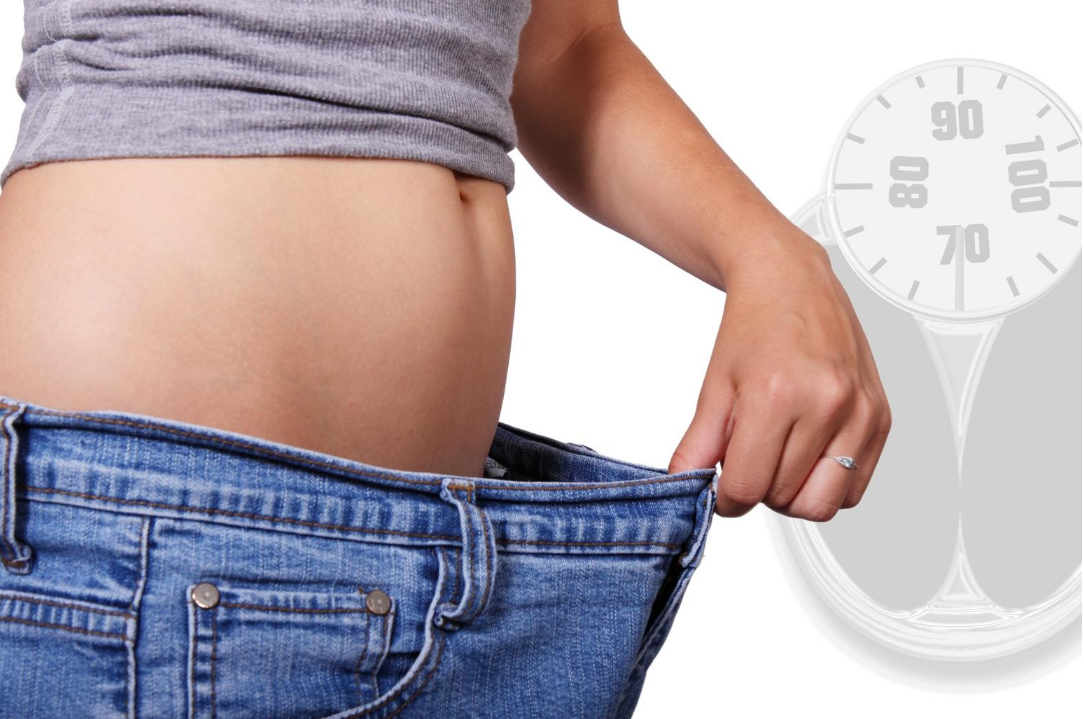
6. Fat burning hormones are released
When we exercise, hormones start to flow, some of which tell our body to convert fat into glucose to provide energy for the increased muscle activity. This is how we can get a fat burning effect, especially if we exercise before meals (when our blood sugar levels are lower).
7. Your heart and lungs get fitter and you protect yourself from the UK’s biggest killer
To deliver the increased levels oxygen required by our muscles during exercise, heart and breathing rates increase. The more we do this, the fitter the lungs and heart become.
The extra use will strengthen your heart (it’s a muscle) and improves your circulation. This helps lower your risk of heart diseases such as high cholesterol and heart attack. Regular exercise can also lower your blood pressure.
A stronger heart also improves circulation and reduces the chances of heart disease – the UK’s biggest killer.
You’ll find that being fit makes daily life easier. Climbing stairs, walking to the shops, running for the bus. When your body is fit everyday life becomes easier.

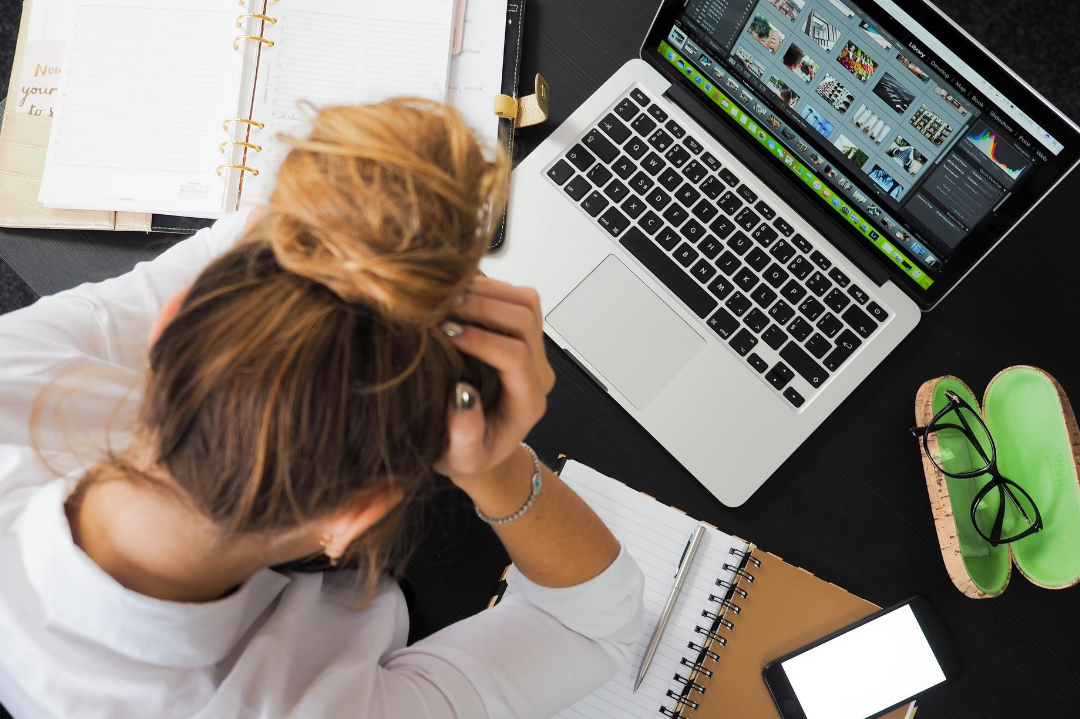
8. Your brain works better
This increased blood flow also takes more oxygen to the brain, which improves alertness and focus both during exercise and after. Over time this improves brain function and sharpens memory.
In children and young people, regular physical activity is associated with improved learning and retention.
9. Endorphins put you in a good mood
Pushing our exercise a little often results in stress and damage to the muscle fibres and feelings of pain or discomfort. As a response to this so that we could continue to run away from predators, your brain releases neurochemicals called endorphins. They are the body’s natural painkillers. They also trigger a positive feeling in the body, bringing about feelings of euphoria and general well-being.
This endorphin release can go on long after the exercise is over, and help elevate your mood for the day, meaning that regular exercise can improve mood and may even play a supporting role in alleviating depression and anxiety.
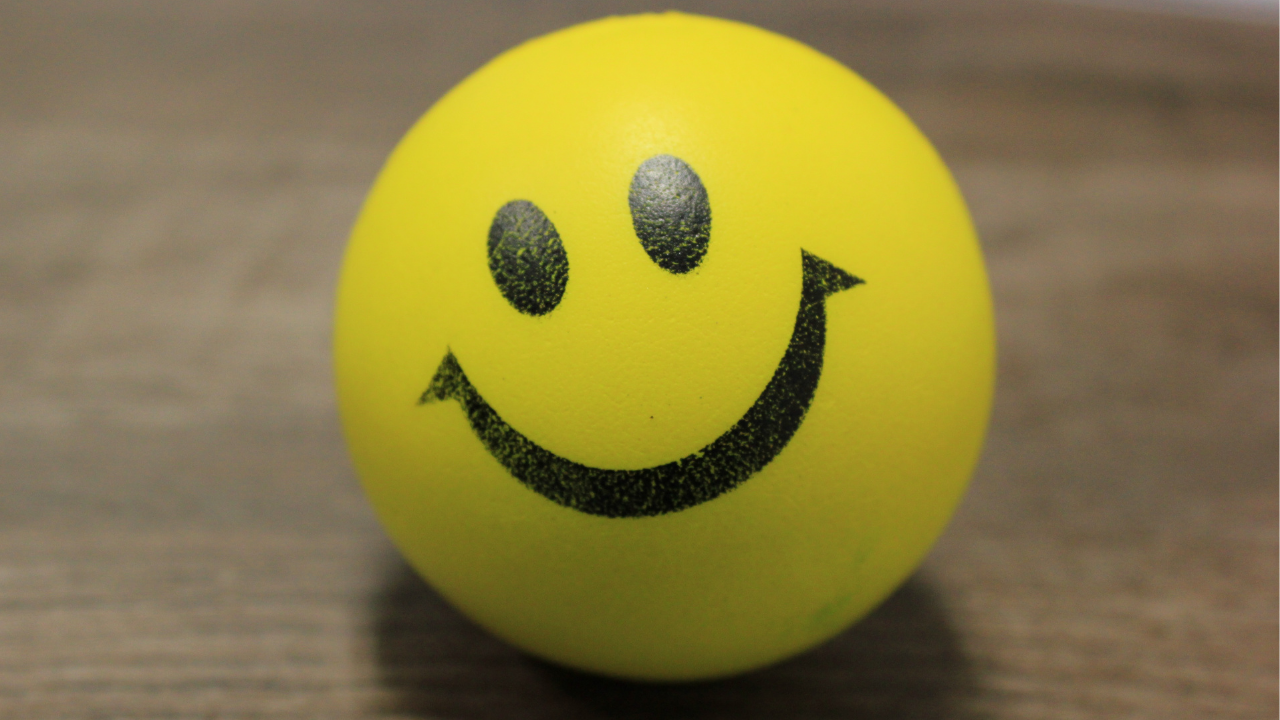
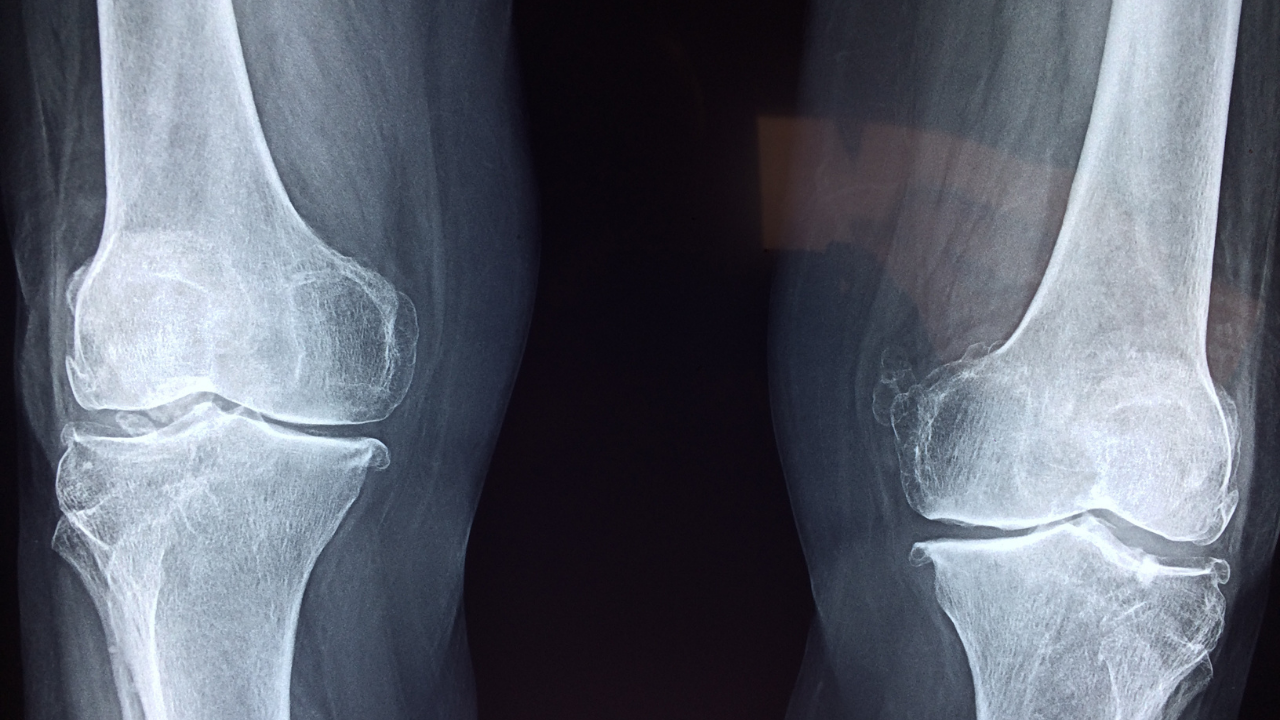
10. You reduce your chances of breaking a bone and protect against Osteoporosis
Weight bearing exercises stimulate bone formation and reduce the rate of calcium loss as we get older. Stronger bones mean less chance of breaks if we fall and less chances of Osteoporosis as we age.
‘Weight bearing exercises’ include running, jumping rope, stair climbing and resistance training. So we’re not talking having to pump weights at the gym. Using your body weight as resistance is sufficient!
11. The repetitive movement allows the mind to wander and clear
Exercise, especially more strenuous exercise, is an excellent stress reliever, or to vent anger, frustration or grief.
As the action occupies the body but not the mind, it’s a great way to give yourself time to think, away from laptops, phones and other constant reminders that there are things to do. Some of my best ideas form whilst I’m walking! In fact, I came up with the storyline for my fantasy novel whilst walking in the Black Forest in Germany!!
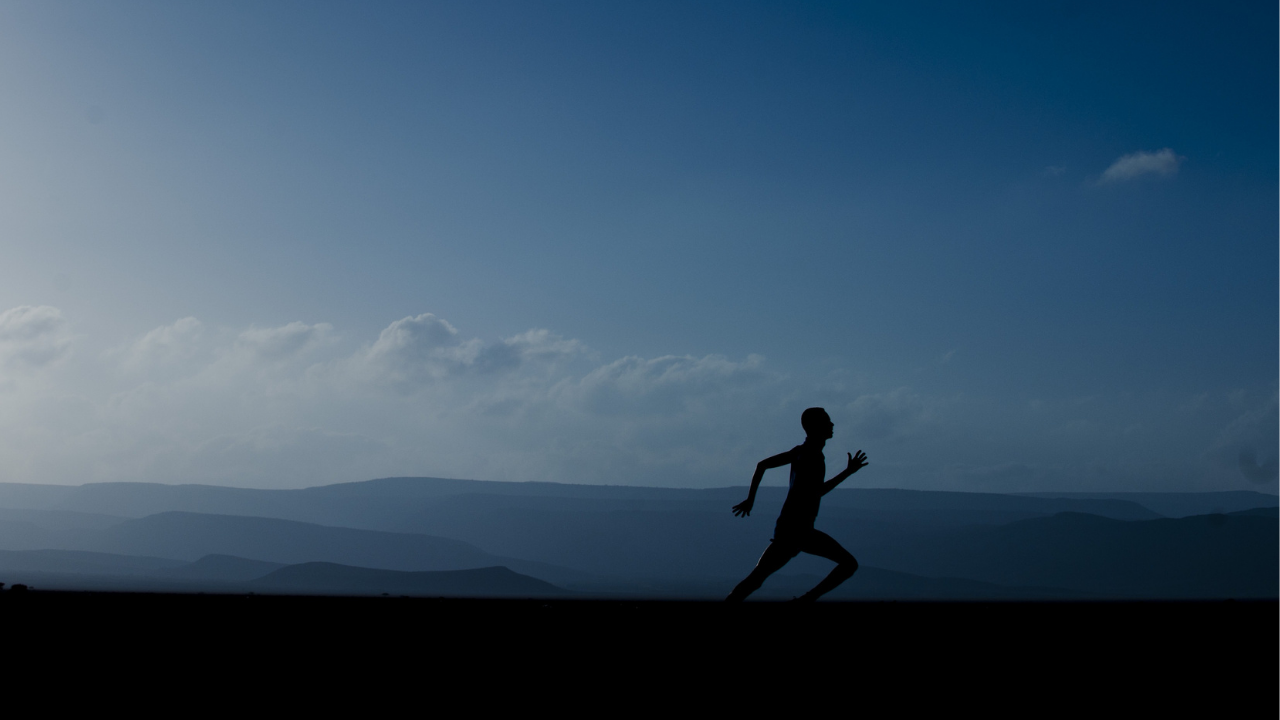

12. You reduce inflammation
Just 20 minutes of exercise per day can have a big effect on reducing inflammation – which is the underlying cause of many everyday health issues, such as headaches, gut pain and poor skin, and chronic diseases, including Alzheimer’s, heart disease and cancer.
To learn more about Chronic Inflammation, including whether you suffer, and how to reduce it further, check out the post Chronic Inflammation 101
13. You’ll sleep better
You should also get a better night’s sleep after exercising in the day; falling asleep faster and staying asleep longer. This is something many of us struggle with in this modern world.
A lack of proper sleep leads to increased levels of Ghrelin being produced – the hunger hormone. So it’s a fact that you will eat more after a poor night’s sleep as your body will tell you it’s hungry!
Deep sleep is also when most of our body’s healing takes place. If you don’t get enough, any damage just keeps stacking up… This is just one of the reasons that lack of sleep has been linked to many chronic diseases.
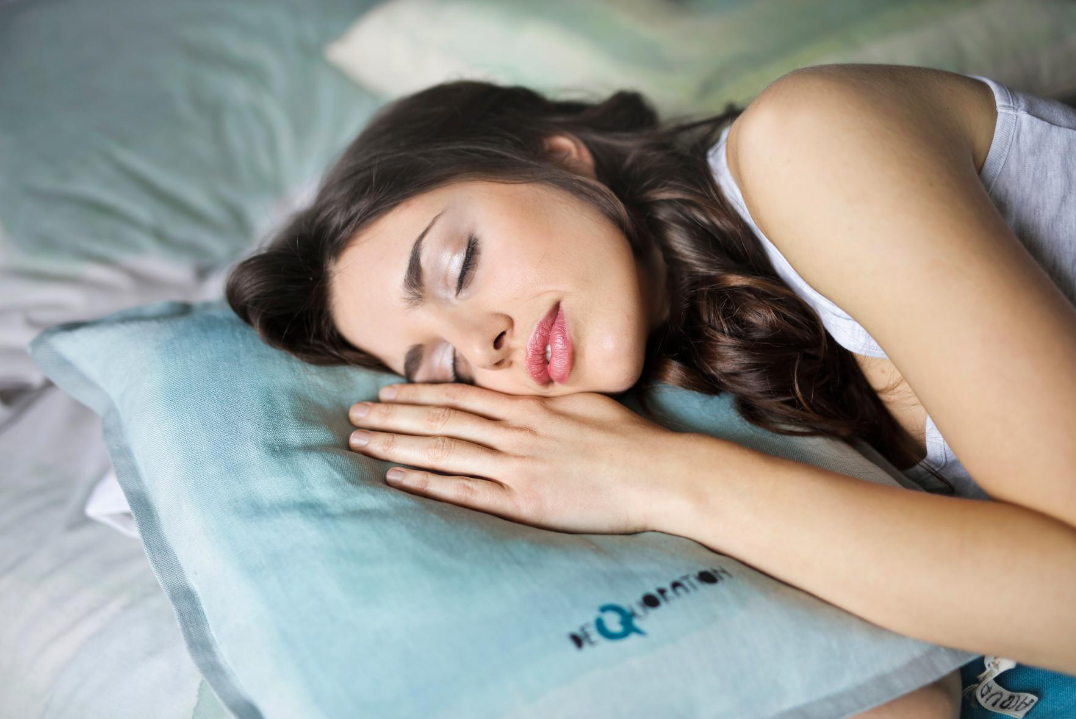
Are there any downsides of exercising?
To try and be fair, I’ve also listed the negatives of exercising below…
It takes time
We’re all busy, unfortunately exercise does require time out of our days.
Aching muscles
It can make your muscles ache, especially when starting a new form of exercise. This can then make daily activities temporarily less fun, and tiredness can cause you to make poorer food choices.
Too much exercise is bad for you!
If you push too hard and overdo it, this creates stress in the body and strains the immune system, which can make you more susceptible to illness and raise inflammation levels.
Don’t use this an excuse not to do it – I’m talking seriously pushing it to the point where you’re struggling to breathe, you feel sick or your muscles are screaming at you for prolonged periods of time.
We all know at least some of this already. So why don’t we all exercise regularly?
Starting an exercise regime can seem really daunting. But it really needn’t be!
To get most of the benefits above, we’re taking nothing more than getting up and moving around a few times an hour for some (like moving your blood and lymph), or getting out for a 20 minute walk.
You do not need to join a gym and start pumping weights or taking up running!
The easiest way to get moving is to find something you enjoy, be it walking, dancing, skipping, a sport, Pilates or yoga etc and MAKE TIME for it. Plan it into your schedule and make it a non negotiable. Put yourself first!
Here are some simple ideas:
Use your everyday activities and make them more active – we all love multitasking!
Take the stairs not the lift, park at the further end of the car park, get off the bus a stop early, walk to the local shops (take a backpack) rather than jumping in the car. This has the added benefit of being much more planet friendly and can help you reduce your carbon footprint at the same time. I love these sort of changes – good for you and the planet!
Put some music on whilst cooking or cleaning and have a bit of a boogie. What ever gets you to move a little more. Walk whilst you’re phoning a friend. These are great if you really struggle to find time to move.
Get active with friends and family
For some people exercise is more fun with others. Don’t meet for a coffee (and a cake), meet for a walk – you’ll be so busy talking you won’t even notice you’re walking!
If you are joining a gym or starting to run, a workout buddy can make you more likely to show up and increase enjoyment. The same can happen is you join a team like a netball club.
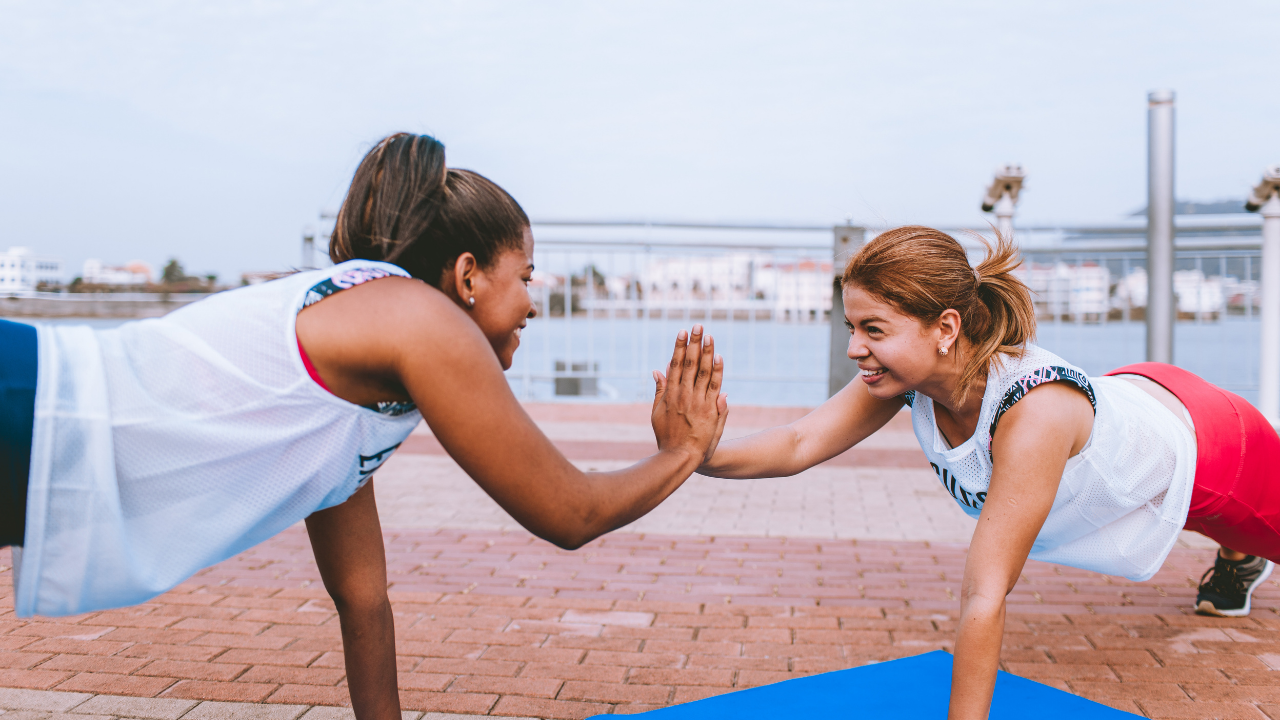
Log your progress and set goals you can celebrate achieving
Some people find it very satisfying to track and record what they’ve done (and we do live in an age where there’s a tendency to think that if we didn’t record it it didn’t happen!).
Get onto something like Strava on your phone, or use a fitness tracker like Fitbit and record your extra steps and activities. Check in on your progress and congratulate yourself as it stacks up.
Make it fun
You are so much likely to stick to exercise if you choose something that you enjoy! So try a few sports to see if you enjoy any, get friends to join you play music, or do it in front of the tele so you are distracted!
Also, try varying it up so that it doesn’t get dull. Do different activities on different days.
Even choose a location that you love. You can go to the woods or the beach and pull a few yoga poses or do some stretching.
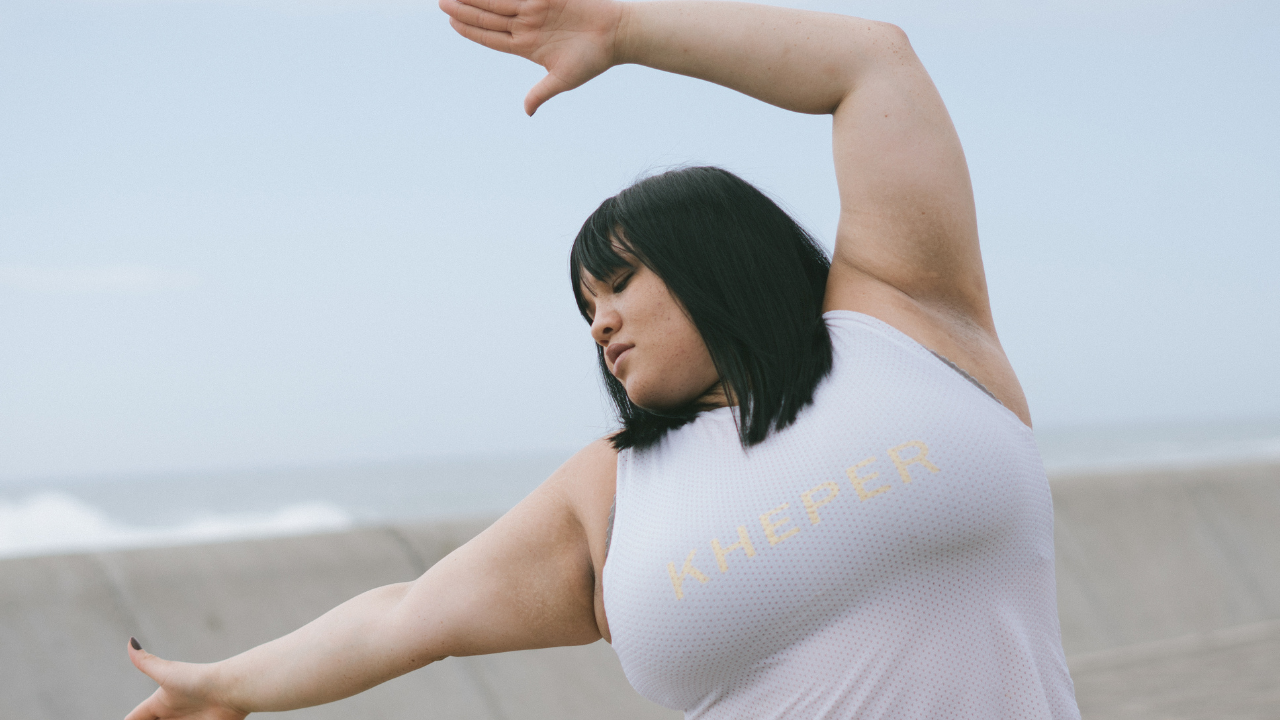
Make it work for you
Starting something that really doesn’t mesh with your lifestyle is never going to work i.e. signing up for a regular gym class when your work hours are notoriously uneven.
You need to find something that fits in with you and your life. If you struggle to plan for a regular class, choose something you can fit into whatever time you have and start without prep, like a brisk walk, an online class (there are loads online of varying difficulty, type and length so you will find something that fits) or running. As these are pauseable and done at home, they allow you to try and exercise whilst also on kid or dinner duty.
If you know that having a booked time slot will make you more likely to attend, get into a regular live class. Some of these are online now so you don’t even have to leave the house, which is great if you’re fitting it around childcare or dinner prep
If you get self-conscious, do the online videos. Even in the live ones, no-one’s going to be looking at you in that tiny picture.
Personally, I love Pilates. You spend a lot of time lying down, so it doesn’t seem like a strenuous activity but it’s an incredible core workout, which is so good for our postures (especially for those of us sat at desks all day at work). My lovely friend and super instructor Lauren now offers online Pilates classes. You do pay for these but they’re worth doing, especially when you start, as she will correct your positions and make sure you’re getting the maximum benefit from the workout. Check her out here www.pilat-ease.co.uk.
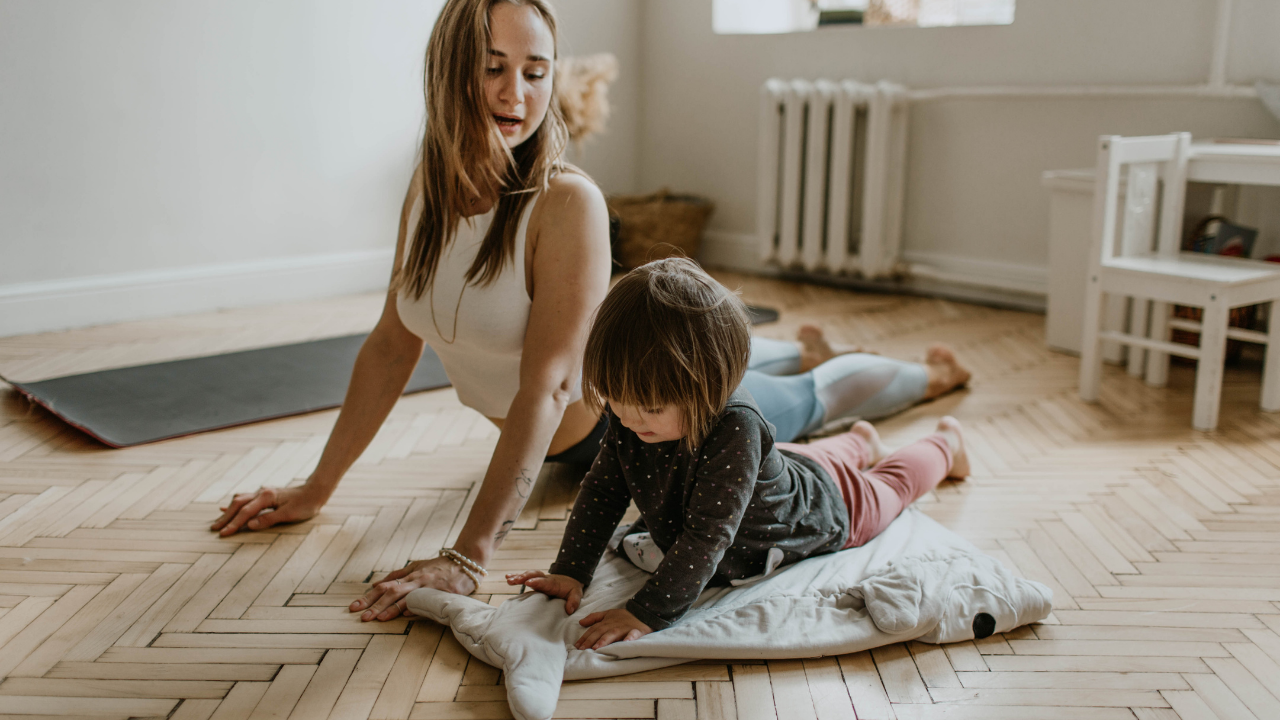
Have a bad weather backup
If the weather is rubbish, getting out for a walk can seem pretty grim. Don’t sit around indoors, have a backup exercise like yoga or Pilates, or do a workout indoors. There are so many of these videos free online that you can grab and start whenever works for you.
Exercise in the morning
We often start off with good intentions for the day, and then things happen, we get behind and before we know it it’s bed time. Plan your exercise to be one of the first things you do in the day. You’re more likely to succeed and it gives you a great energy lift and feeling of accomplishment for the rest of the day. Otherwise it’s just something on the pile of things to do that day and causes stress.
How do I make this work?
To give you some ideas, this is how a rough week in my life looks at the moment (with lockdown and home-schooling).
I love to run. I got into it after having the kids when I was trying to lose weight and I was hooked. Running does seem to be a bit like that – you’ll either love it or hate it! As a busy working mum, it’s my chance to get out in the countryside, into the woods, listen to my music and let my mind wander. Healing for the mind body and soul. With my overactive immune system though, I do have to be careful not to overdo it. So I run twice a week, a shorter 30 minute run and a longer 1-2 hour run at the weekends. I always do these in the mornings as I find if I don’t get out before getting stuck into things, life gets in the way.

We do Pilates as a family twice a week! It’s great for people who sit staring at a screen all the time as it sorts your posture and core out and gets things moving. I use The Mindful Movement videos on Youtube. There are lots of different workouts so I know I can pick something that fits in with my mood and the time I have.
https://www.youtube.com/playlist?list=PLRKKVJM19u62tzPatSVQP6rS747lRz2i_
At the weekend we generally get out for a walk with friends, or just as a family for a couple of hours.
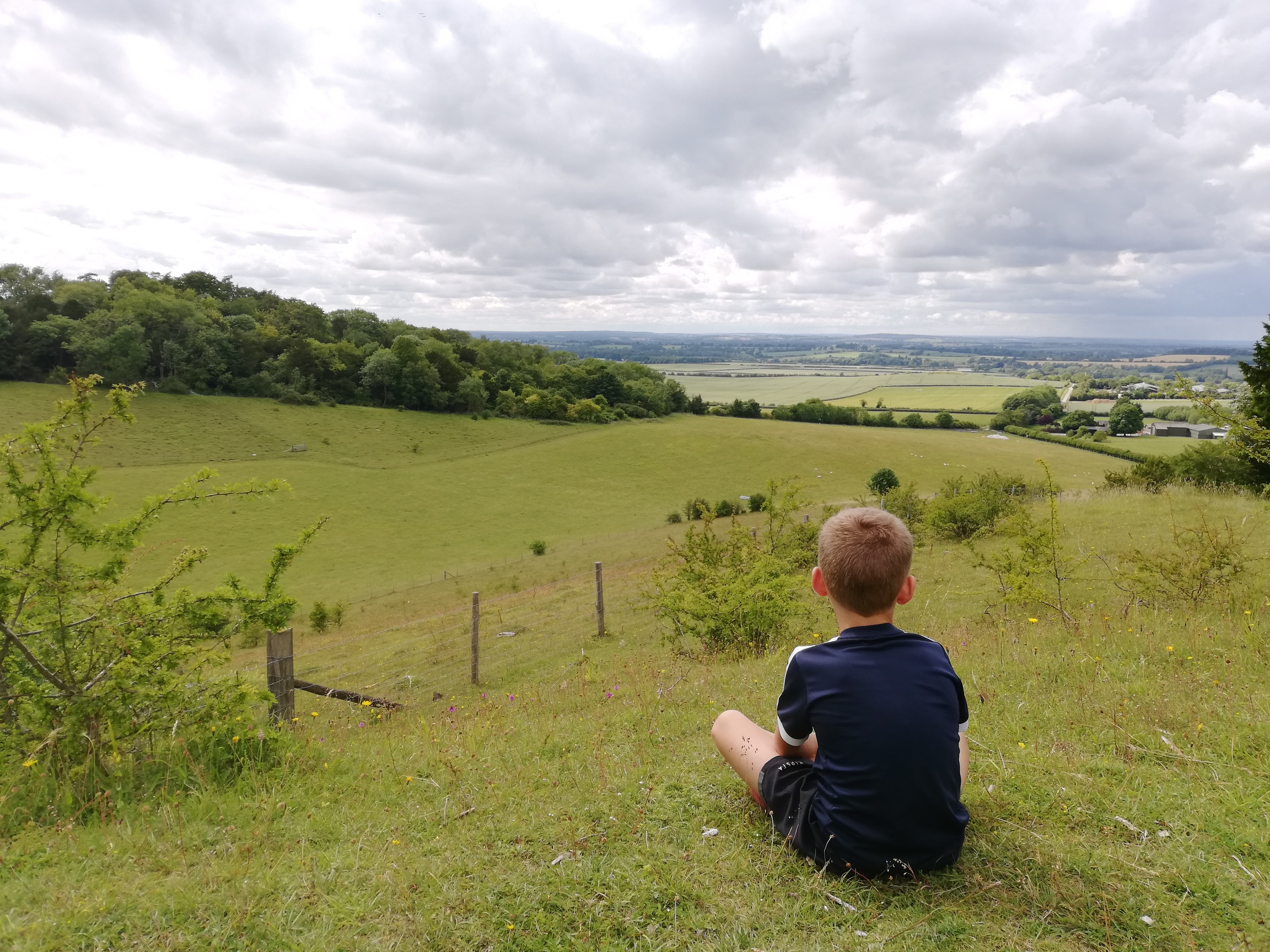
On other days I make sure that I get out for a walk of some kind, be that to the shops, to the park with the kids, a longer session to the woods, or just literally around the block to get my 20 mins exercise done. This is usually just before or after lunch.
I also like to cook and clean with music on so I can have a bit of a boogie.
I aim for a HIIT workout once a week. I was a fan of the Joe Wicks ones for a bit, but you can again get loads online. These are great for a high intensity, get sweaty workout for 20 mins before a shower and breakfast and really wake your metabolism up!
I find a HIIT or a run first thing leave me feeling invigorated for the rest of the day, and I’m so much less likely to reach for biscuits etc in the afternoon as I’m not as tired! (you may have to wait for your fitness to build up a bit before it makes you feel this amazing but it’s so worth it…)
In conclusion…
So there you have it, so many reasons to get moving, and lots of ways to get going – no more excuses!
It really doesn’t have to involve getting a Personal Trainer, or buying new gym gear. Just get a little more movement in your life – sitting on our butts is harmful to us!
The UK Government recommends at least 150 minutes (2 1/2 hours) of moderate intensity activity (such as brisk walking or cycling); or 75 minutes of vigorous intensity activity (such as running) per week for adults aged 19-64 {1}. Evidence has shown that 20 minutes a day or more reduces inflammation, so you really should aim for a minimum of 20 minutes per day and add in extra wherever we can. The more time spent being physically active, the greater the health benefits.
It’s worth noting that children aged 5-18 are recommended to get a minimum of 60 minutes a day on average {1}!
If you’re interested, I’m creating a movement and community of people who want to move to a diet and lifestyle that optimises their health and the health of the planet. If this sounds like something you want to be a part of, click here to learn more…
References
{1} UK Government Exercise guidelines https://assets.publishing.service.gov.uk/government/uploads/system/uploads/attachment_data/file/832868/uk-chief-medical-officers-physical-activity-guidelines.pdf

